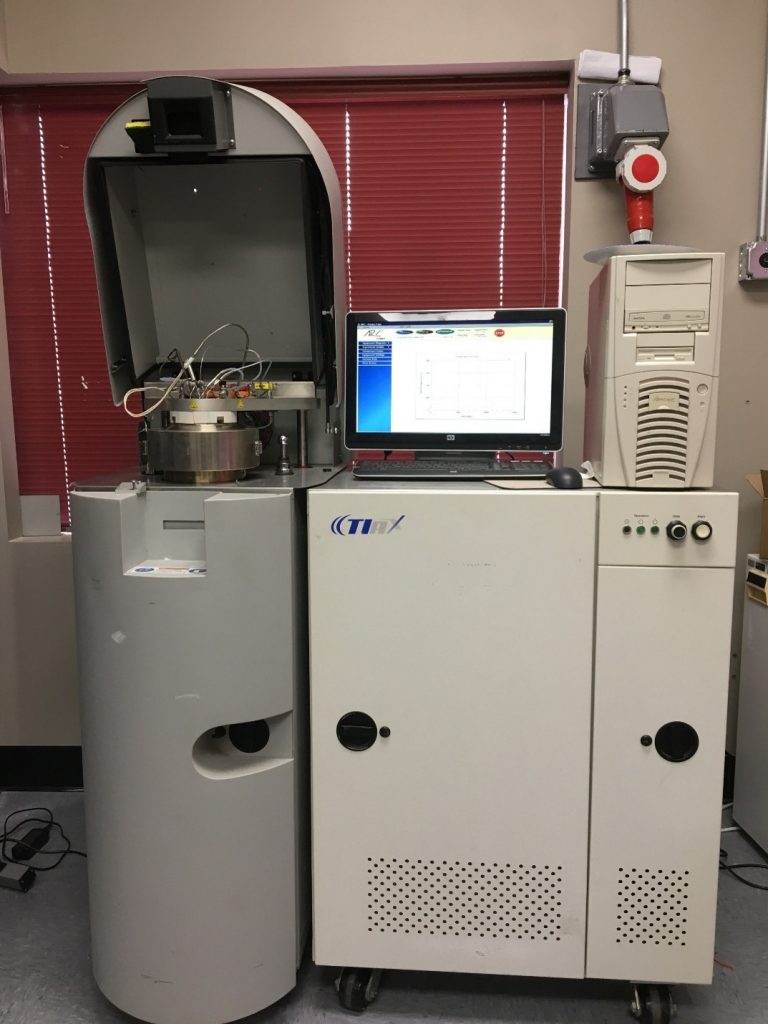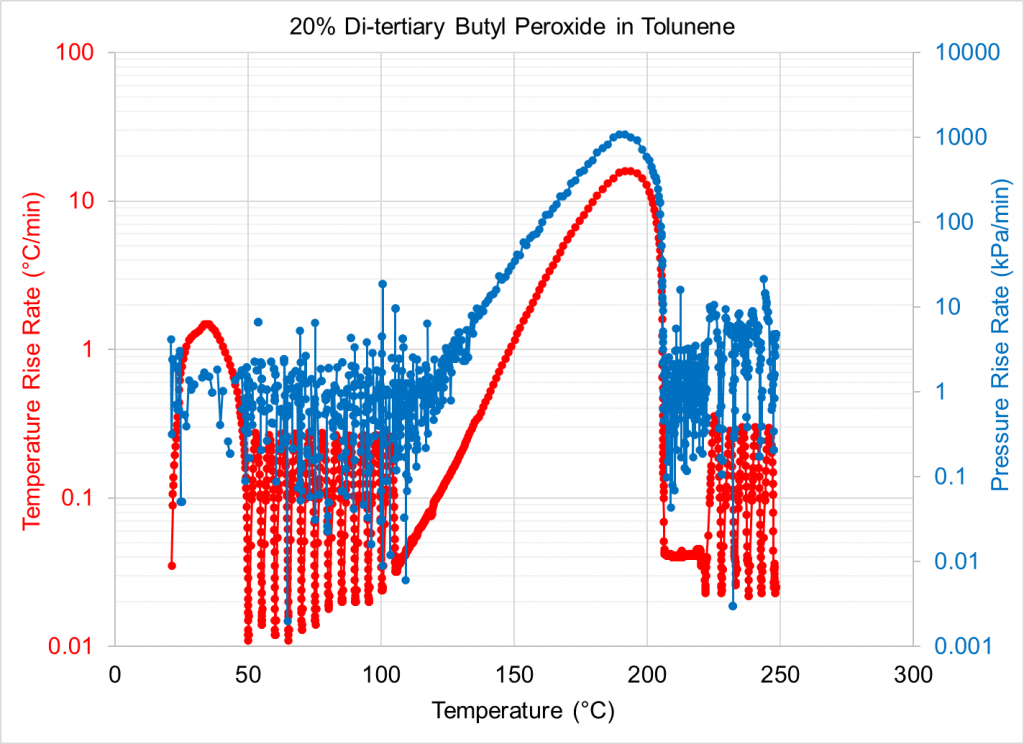Chemical Reactivity

Chemical Reactivity
In order to run a safe manufacturing process, it is critical to understand the individual reactions within the process. These reactions can be exothermic or endothermic, each of which can be hazardous. These reactions could be a part of the desired chemistry of the process. However, these reactions could also be caused by undesired chemistry such as side reactions. Environmental changes can also result in undesired chemistry. Therefore, identification and assessment of these reactions is important especially during the scaleup of an operation. Belmont Scientific provides cost effective testing which is listed in the table below.
Properties Measured/Estimated
Standard or Test Technique
Key Test/Instrument
Onset temperature
Heat flow rate
Heat of melt
Latent heat of evaporation
Melting/boiling temperature
Enthalpy of endotherm
Enthalpy of exotherm
ASTM E537
Standard Test Method for the Thermal Stability of Chemicals by Differential Scanning Calorimetry (DSC)
Standard Test Method for the Thermal Stability of Chemicals by Differential Scanning Calorimetry (DSC)
Differential Scanning Calorimeter (DSC) by TA Instrument
Heat capacity
ASTM E1269
Standard Test Method for Determining Specific Heat Capacity by Differential Scanning Calorimeter (DSC)
Standard Test Method for Determining Specific Heat Capacity by Differential Scanning Calorimeter (DSC)
Differential Scanning Calorimeter (DSC) by TA Instrument
Onset temperature
Temperature rise rate
Pressure rise rate
Heat of reaction
Amount of gas generated
ASTM E1981-98 (2012)e1
Standard Guide for Assessing Thermal
Stability of Materials by Method of
Accelerating Rate Calorimetry (ARC)
ARC from CSI and ARC 254 from Netzsch Group of Selb, Germany
(High Thermal Inertia)
Onset temperature
Temperature rise rate
Pressure rise rate
Heat of reaction
Amount of gas generated
Vent flow regime
ASTM E1981-98 (2012)e1
Standard Guide for Assessing Thermal
Stability of Materials by Method of
Accelerating Rate Calorimetry (ARC)
Vent Size Package 2 (VSP2) from
Fauske & Associate, LLC, Burr Ridge,
IL USA
(Low Thermal Inertia)


On-site Calorimetry Testing: BSI provides on-site thermal hazard testing services using DSC, ARC®, and VSP2.
Shock Sensitivity Testing: BSI uses a blasting cap test method to characterize materials for shock sensitivity. Test uses about a 15ml sample size and is a Go/No-Go test. This test can also be performed on-site.

ADDRESS
- +1 (978) 677 - 9671
- info@belmontscientific.com
- 210 Stedman Street,Unit 3 Lowell,MA 01851,USA
